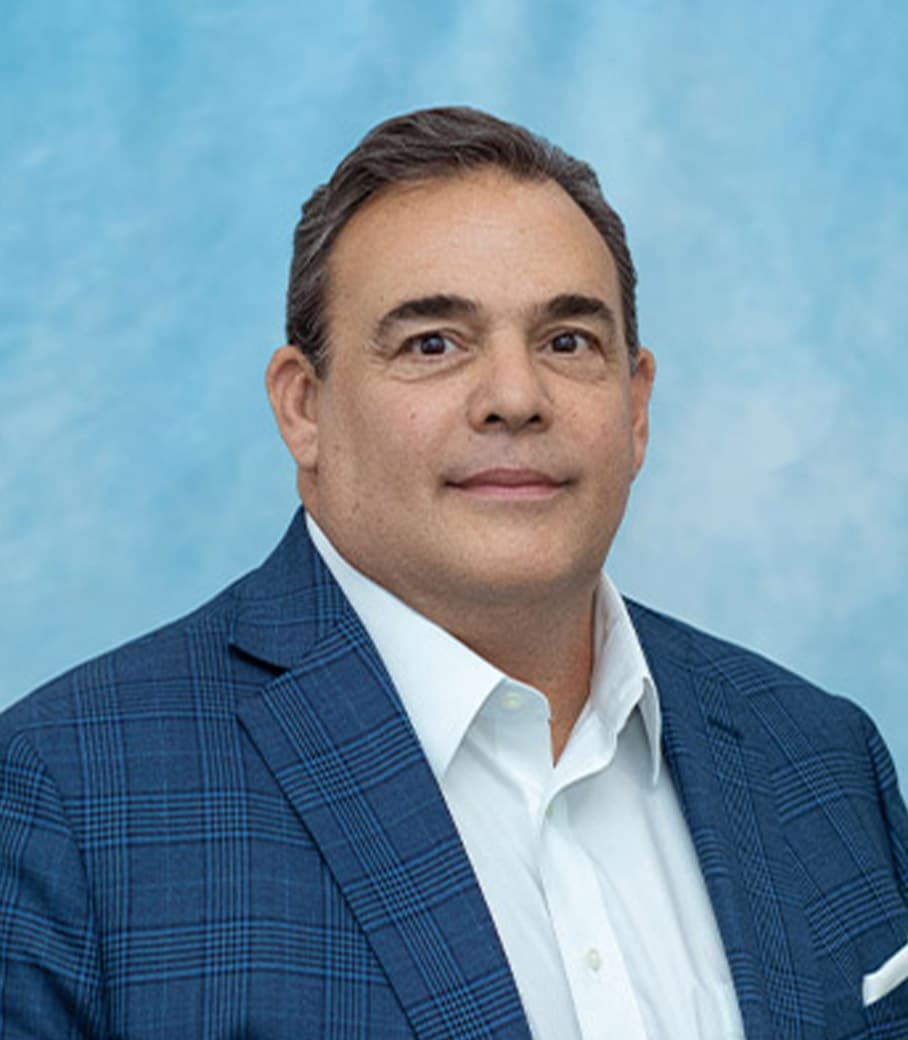Every three seconds, someone is arrested and charged with a crime in the United States. This startling statistic has led to extreme overcrowding in jails and prisons as the accused await trial.
House arrest, with the assistance of an electronic ankle monitor, has become a viable and successful alternative for people convicted of minor, non-violent crimes. This electronic home monitoring restricts movement as a way to protect the community while offering low-level offenders an opportunity to continue working and raising a family while awaiting trial.
Supporters claim that house arrest deters criminal behavior and increases the probability of compliance. A study by The U.S. Department of Justice found that electronic monitoring significantly reduces the likelihood of failure under community supervision. The decline in the risk of failure is about 31% compared with offenders placed on other forms of community supervision. GPS ankle monitors are considered by many the ideal alternative to jail.
If someone is imprisoned for a non-violent offense, sending them to jail to await trial cuts off some of their families’ income, possibly causing them to fall behind on payments and lose housing, transportation, and other basic necessities. The removal of productive workers from the labor pool has a negative effect on the economy, possibly dooming their chances to recover from their criminal past and damaging their reputation even if they are found innocent.
During the past two decades, the number of individuals supervised in the community through electronic monitoring and home confinement has significantly increased. It’s been estimated that 20 percent of all community-based supervision, including of both adults and juveniles, involves electronic monitoring.
House arrest with GPS home monitoring also saves taxpayers money. Ankle monitor services cost about $6,000 a year and are paid for by the participants as opposed to more than $25,000 a year for incarceration in state and federal prisons.
Electronic monitors keep lines of communication open between the offender and the correction agency when problems arise, legal or personal. Restrictions can change, requiring participants to live under various degrees of limitation, ranging from curfews to complete location lockdown. Advocates of house arrest recommend that participants be absolutely clear about the details before they sign up for house arrest.
The first level is curfew. It requires the detainee to be at home every day at certain times. The second level, home detention, requires participants to remain at home at all times except for pre-approved and scheduled absences, such as work, school, treatment, church, attorney appointments, court appearances, and other court-ordered obligations. The most restrictive level, home incarceration, calls for a 24-hours-a-day lockdown. Participants wear tamper-resistant electronic wrist or ankle bracelets that emit a signal that is monitored 24 hours a day by law enforcement. If they move out of the restricted location zone, the central monitoring center, supervisor or local law enforcement is alerted. GPS monitoring is also used to restrict certain offenders from going near specific people or certain locations.
The rapid advance in computing technology and more sophisticated remote monitoring devices have reduced the need for flight-based pretrial detention. Security companies that provide this service offer varying degrees of monitoring levels to meet the needs of each participant. Monitoring centers are staffed 24 hours a day, seven days a week, and provide detailed, customized reports on participants.
In addition to electronic monitoring, offenders under house arrest are provided with case management services from a house arrest officer on four levels: intake, needs assessment, service planning, monitoring, and evaluation. Specific issues addressed include mental health, drug, and alcohol treatment, domestic violence intervention, and counseling options. Home arrest officers also make referrals to community-based treatment and monitor clients’ compliance with programs, in addition to keeping their families and employers notified of their progress. They meet with the offender to ensure compliance with court orders and track their progress, and participants can request assistance for personal and family issues. Probation officers and staff from federal and state agencies also make surprise visits to assure compliance. This kind of access to social workers and other support staff is of the utmost importance for offenders to receive assistance with personal and legal issues as well as help them reflect upon and learn from the mistakes they made, and provide an opportunity for rehabilitation to occur.
However, although they’re not in cells, some under house arrest feel a loss of their freedom and dignity and need help and counseling to get through their sentences. In prison, strip searches, cell sweeps, surveillance of letters, phone calls, and visits are givens. Some on house arrest are subject to warrantless searches and drug tests and probation officers have unlimited access to their homes. Their families often feel stress and shame about the offender and the interruption of house arrest in their lives.
Researchers have found that house arrest rules can be quite restrictive. Some participants can only leave the house with approval for employment, school, attorney visits, doctor appointments, dentist appointments, counseling or treatment, probation/parole appointments, or meetings with other law enforcement personnel, church, and emergency situations. In some states, detainees are required to remain inside of their residence at all times, except for the times they are scheduled to be outside. Inside means no decks, patios, porches, taking out the trash, etc. In some jurisdictions, people on monitors must obtain this pre-approval from the private company that runs the monitoring program, rather than the supervising agency. A Department of Justice study found that, with the visible ankle monitor acting as a “scarlet letter,” those permitted to go to work had a difficult time finding or holding jobs. That’s a problem in itself since it’s well known that gaining employment is a crucial step in avoiding future offenses.
Beyond the physical and emotional burdens, those under monitoring often pay for their confinement in the most literal possible fashion, paying an average of $10-$15 per day, in addition to installation costs for a monitor and fees for drug tests or other services. Those unable to pay may be re-incarcerated.
Traditional ankle monitor companies like Kapa Technologies provide ankle bracelets and on-site receivers. Their ReliAlert XC3 is a three-way voice communication device that eliminates the need for phone calls between the defendant and their officers. When the ankle bracelet is worn, it constantly takes readings of information such as alcohol usage and location. The information is then sent via GPS to an on-site transmitter, which is placed somewhere in a wearer’s home. Once the on-site transmitter receives the information, it relays it to the remote receiver. The remote receiver is typically at a police station or a remote monitoring service center.
There’s also the Secure Continuous Remote Alcohol Monitoring System or SCRAM, which works by monitoring the concentration of alcohol in the perspiration on the surface of the skin. It uses similar technology as a breathalyzer, and as such can detect very small concentrations of alcohol and relay location data while detecting alcohol consumption levels.
Monitoring apps for smartphones are another popular component of these solutions. One example is the E-Cell HOUSE ARREST APP that leverages the phone features to offer biometric Identification and remote check-ins. The company website stresses that the app is best suitable for offenders who are “incentivized to avoid possible harsher penalties” and the company targets “motivated offenders”. If users fail to comply with the biometric check-ins, E-Cell recommends placing them on the tamper-proof E-Cell WATCH wrist-worn bracelet that communicates via Bluetooth technology to the E-Cell House Arrest App installed on either an iPhone or Android smartphone. The participant needs to have the phone charged and with them at all times to make the E-Cell WATCH work.
The latest technology comes from a team of technologists at Atlanta-based Talitrix. They have updated the GPS tracking technologies and created the world’s first independent wristband, which means you don’t need a phone or on-site transmitter to make it work. The Talitrix Band offers more accurate GPS tracking with fewer false alarms. And participants can use the camera and data capture components for a biometric check-in with their supervisor any time, anywhere. Because the stylish design looks like any other fitness band, participants can work and socialize without the negative societal stigma attached to the more obvious ankle monitor. This increased technology also helps victims feel safe and confident they’re being protected by a tamper-proof device that alerts them and police when trouble is within a designated perimeter. And for participants who are following the rules, it provides an accurate record that may help them prove their innocence.
Talitrix also offers a line of modern management software for supervisors and case officers for document management and other compliance monitors which keep lines of communication open between the offender and the correction agency when problems arise, legal and personal. They capture behavior data from the participants on their system and use a proprietary algorithm to issue a Talitrix score, assisting judges and case managers in decisions about treatment and house arrest status.
All of this increased technology helps crime victims feel safer and more confident they’re being protected by tamper-proof devices that alert them and police when trouble is within a designated perimeter. And for participants who are following the rules, it provides an accurate record that may help them prove their Innocence.
Experts on house arrest advise those going into the program to make sure they’re aware of all rules, regulations, and restrictions. In addition to alcohol monitoring, they may also be required to wear patches that detect drug usage. Generally, a patch will last a week before it is taken off and replaced. The patches will then be tested for traces of drugs, such as marijuana, heroin, PCP, methamphetamines, and cocaine. As with every other condition of your house arrest, if you violate the agreement you may lose your house arrest status and have to serve the remainder of your sentence in prison. Also, make precise schedules. Depending on your circumstances and the conditions of your house arrest you may have some leniency to go about everyday tasks such as buying food or picking up your children from school. Make sure you draw up a precise schedule of your movements that outline exactly where you will be at all times. To avoid embarrassment, wear clothes that cover the ankle monitor or request a wristband option. Also, enroll in educational and training classes. If uncertain about the rules, experts advise those under house arrest to speak to a lawyer and double-check everything, especially the penalties for violating the terms. Also know the rules about what you can and can’t do, and where you can and cannot go. When it comes to working, first determine if that is allowed and be precise about the hours, location, and contact information to avoid potential problems.
Ultimately, in-program success during house arrest is determined by successful program completion, while failure was indicated by dismissal from the program for any of the following reasons: commission of a new crime during the program, a serious violation of a program condition, misbehavior leading to a higher security program, or escape. Success in the community was determined by the absence of any reported conviction for 1 year, while failure was indicated by a new conviction during the same Period.
The house arrest program has some ingredients that might account for its success: living with one’s family, having greater motivation to succeed in a new program, sharing daily responsibilities, facing the realities of the natural community, having better employment opportunities, and participating in an unsheltered though supervised environment.







